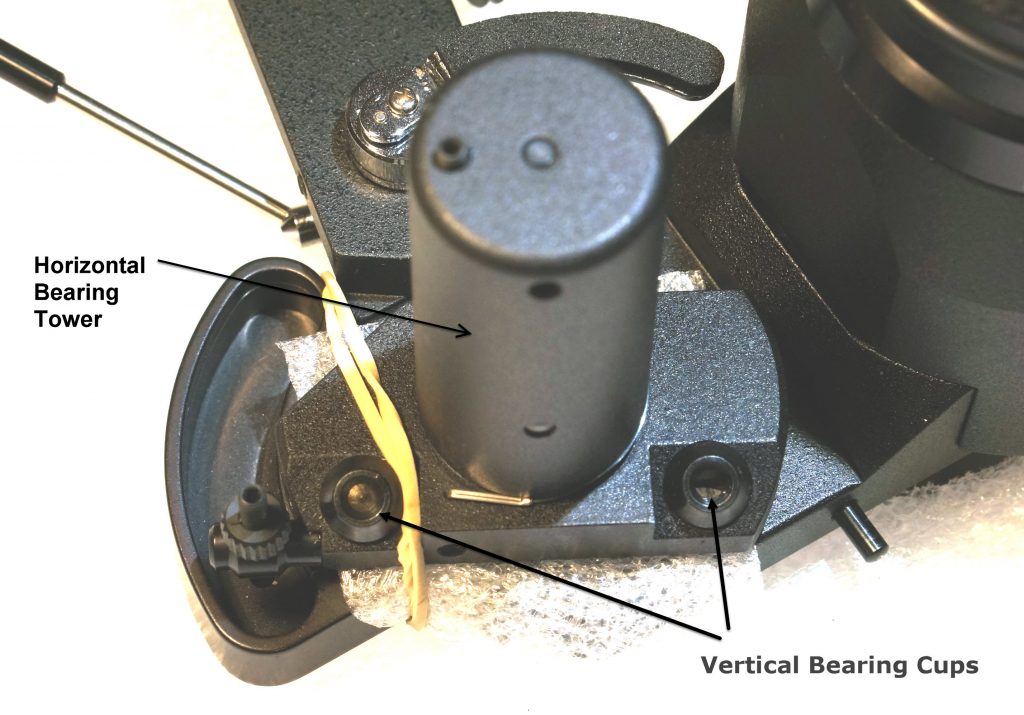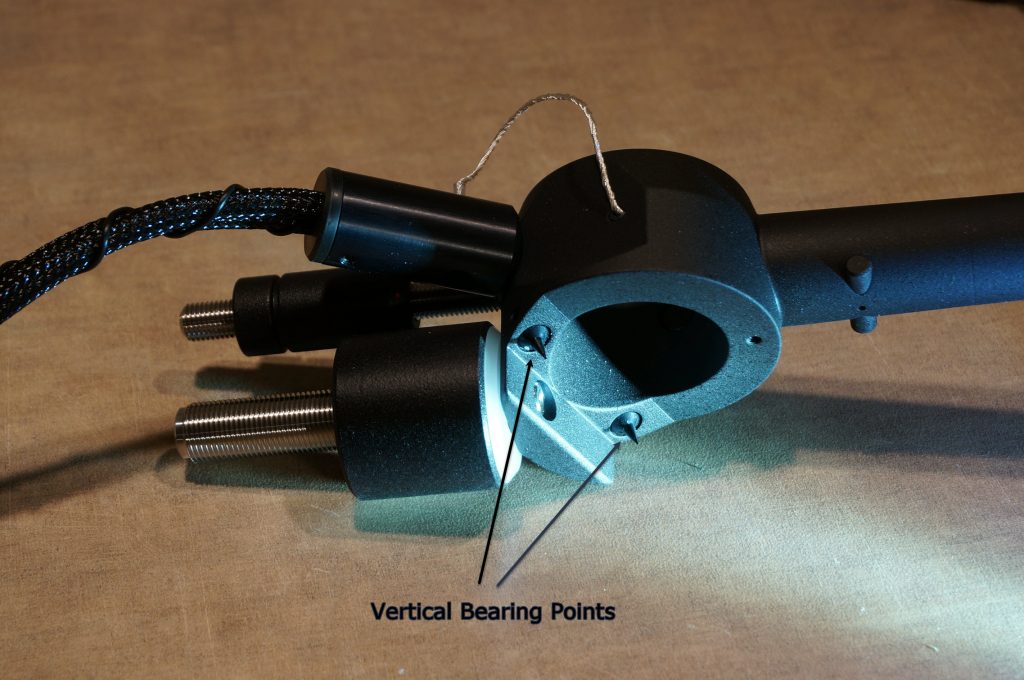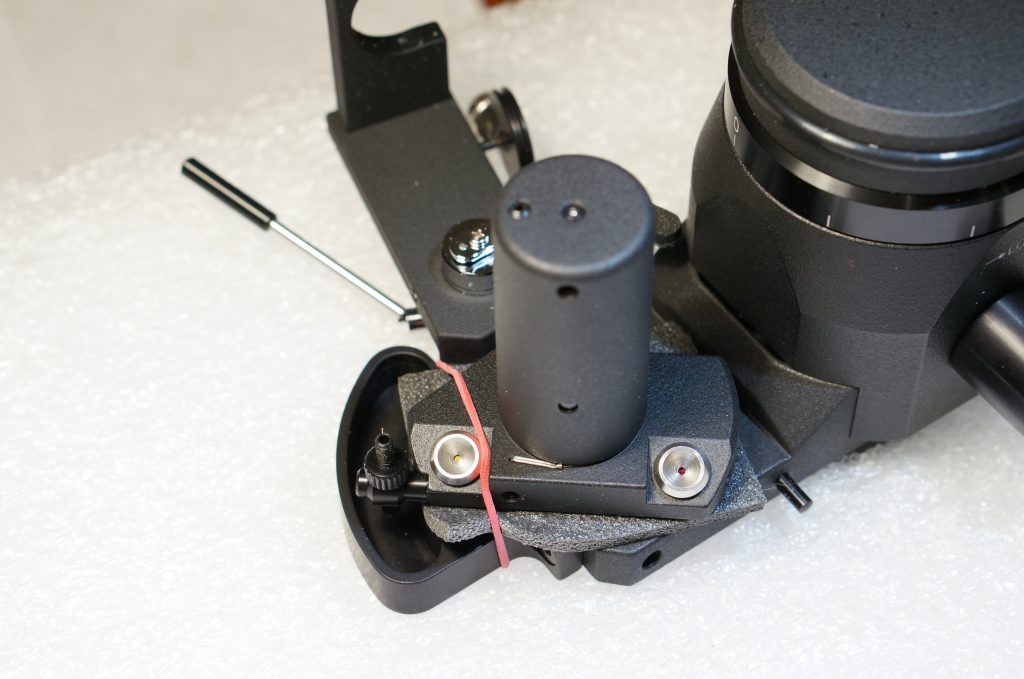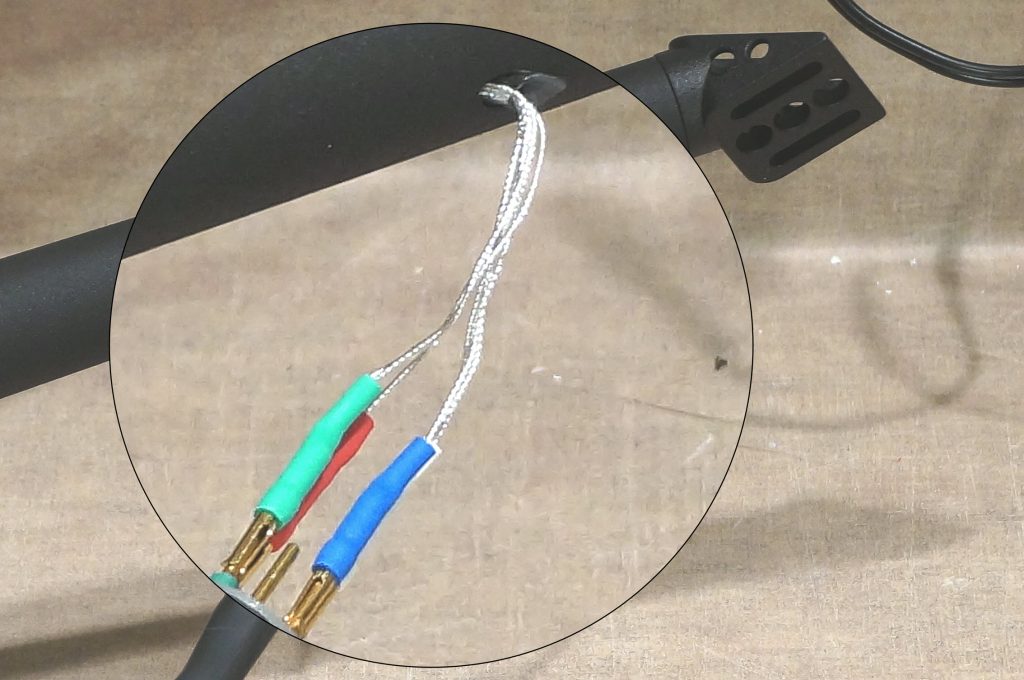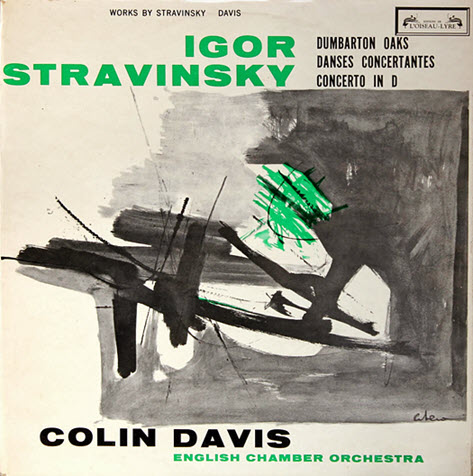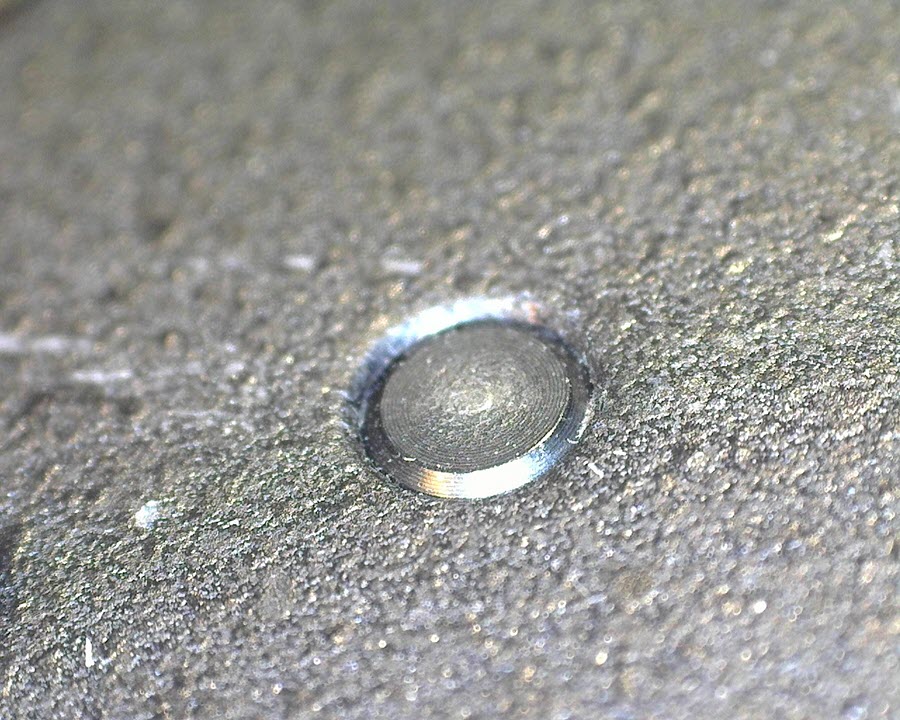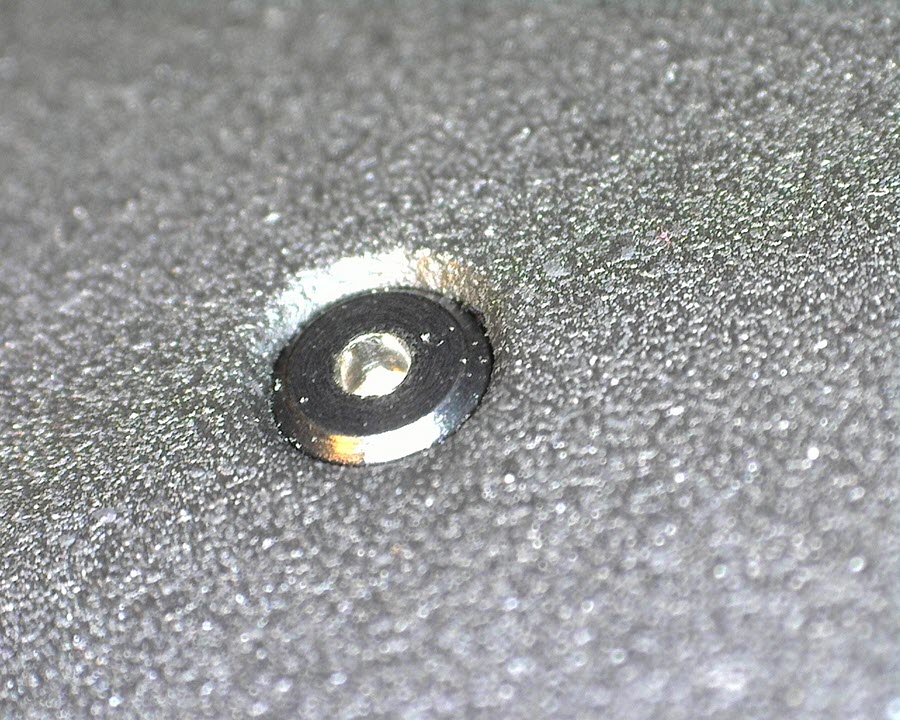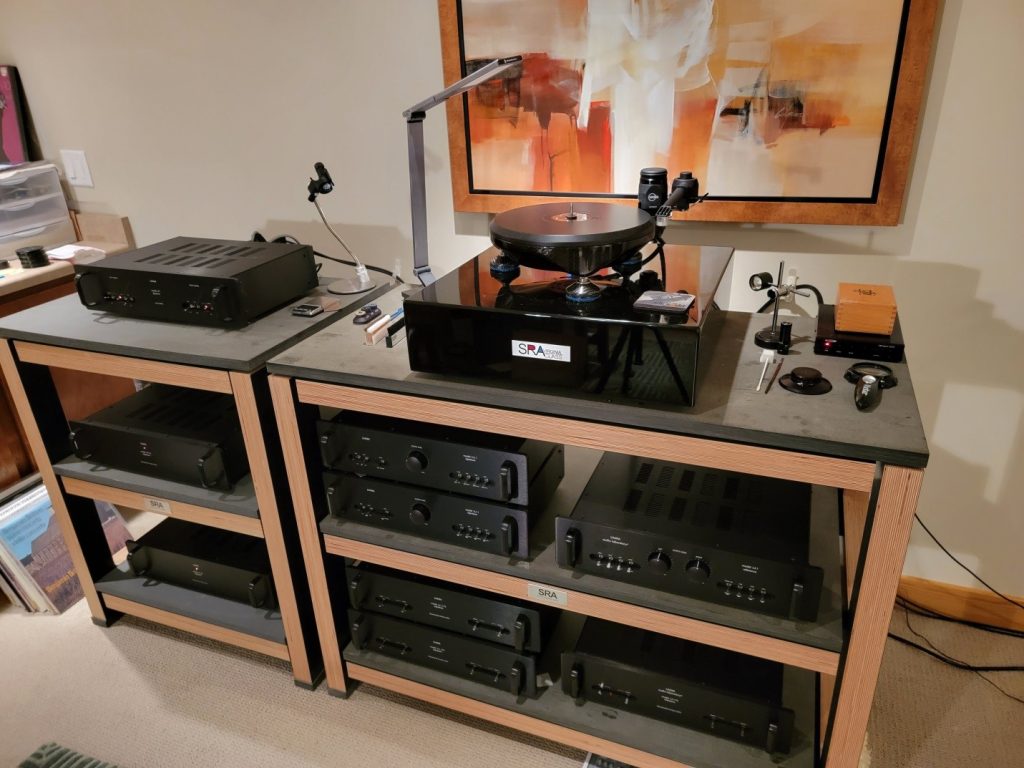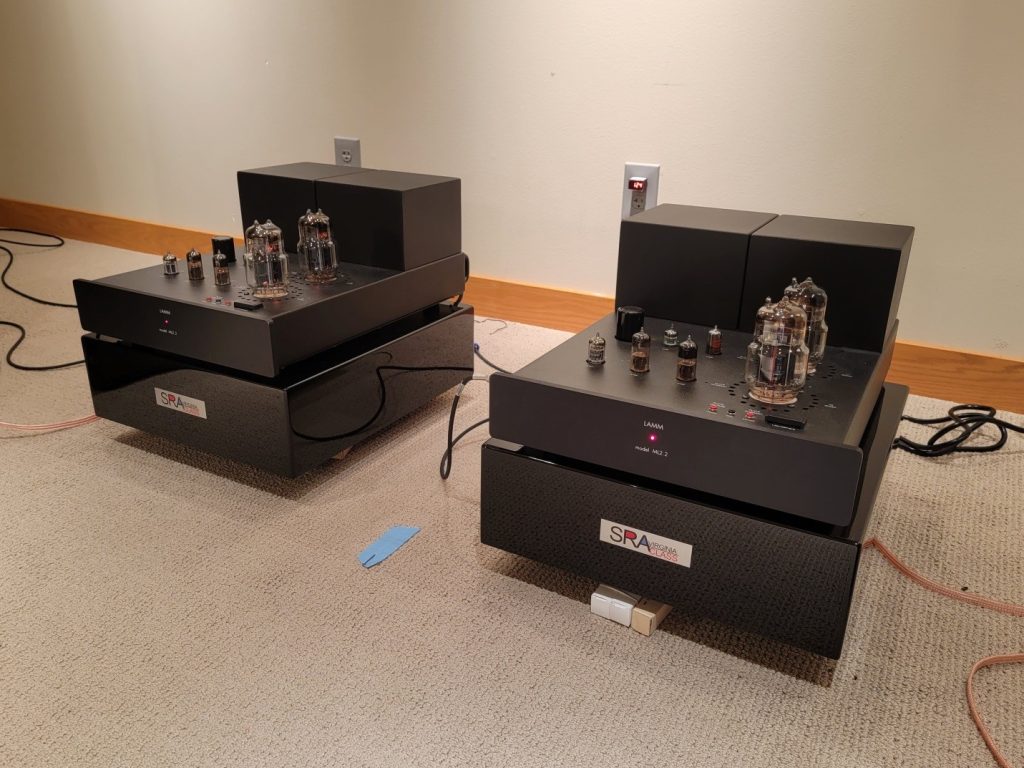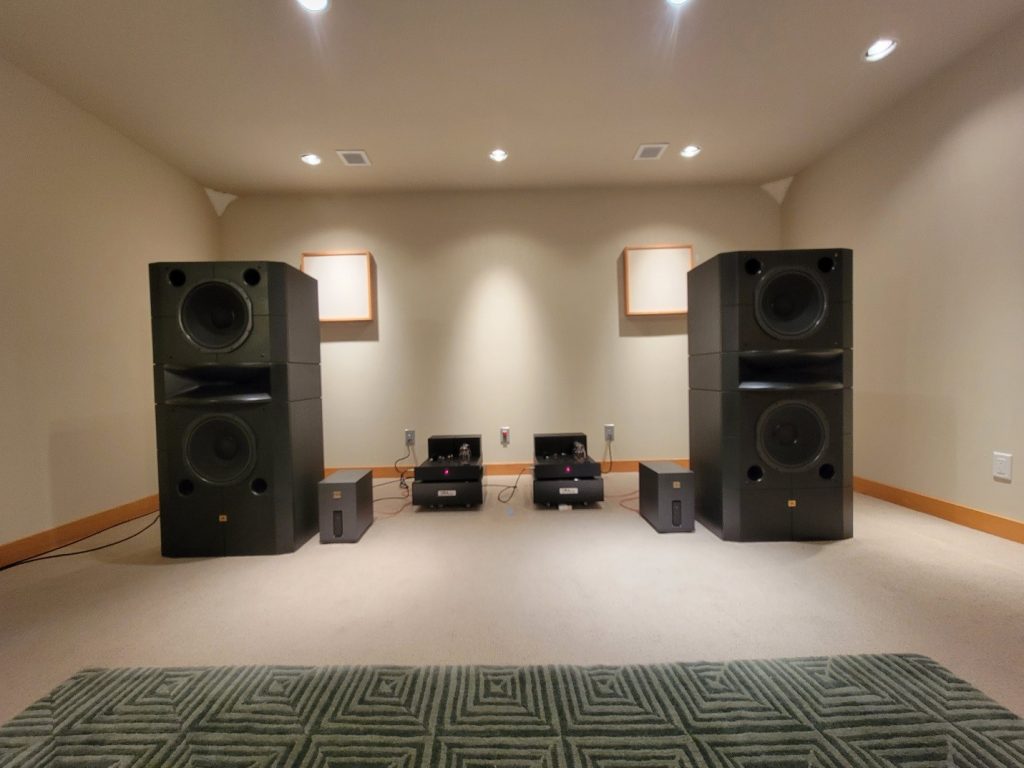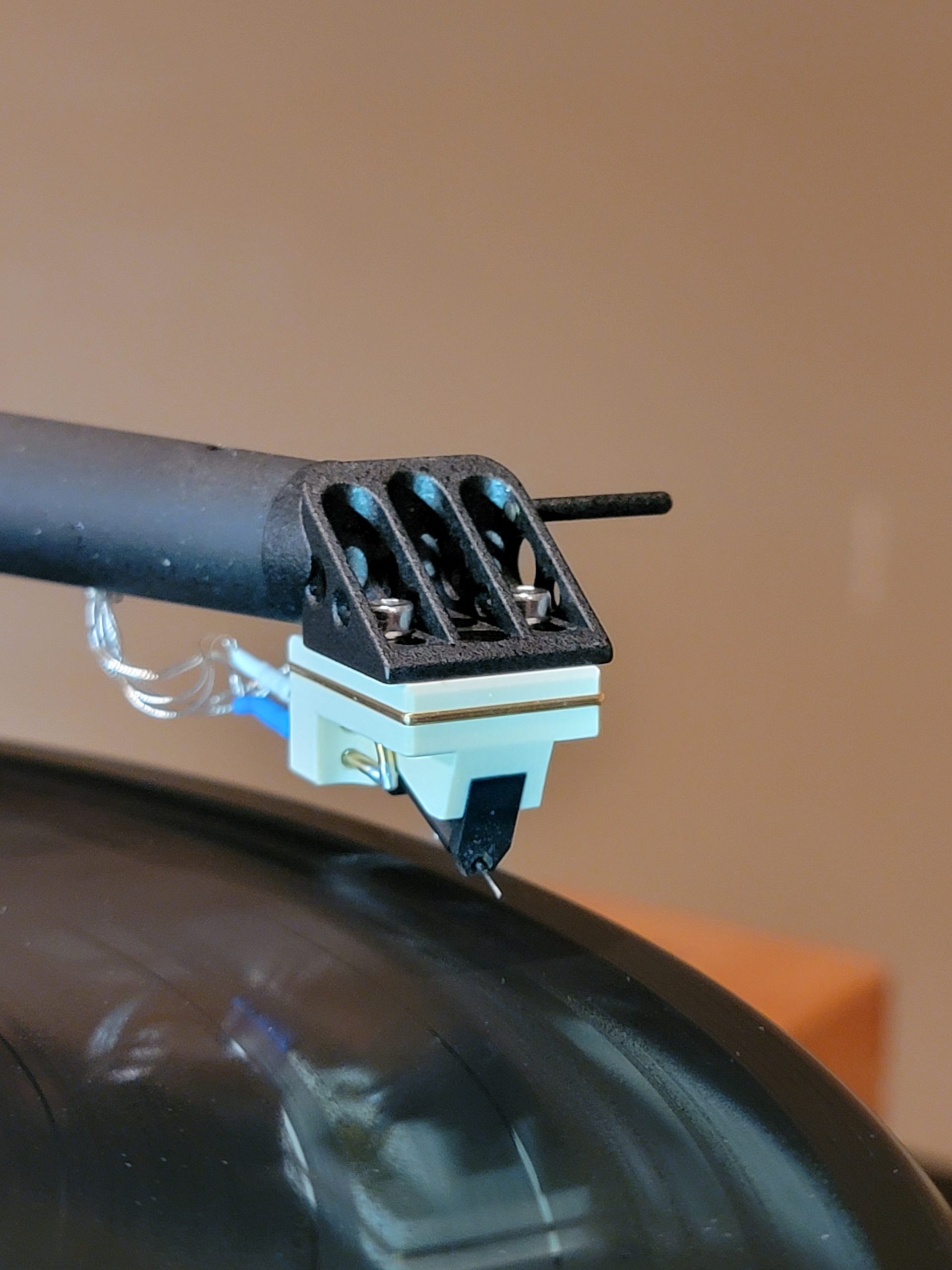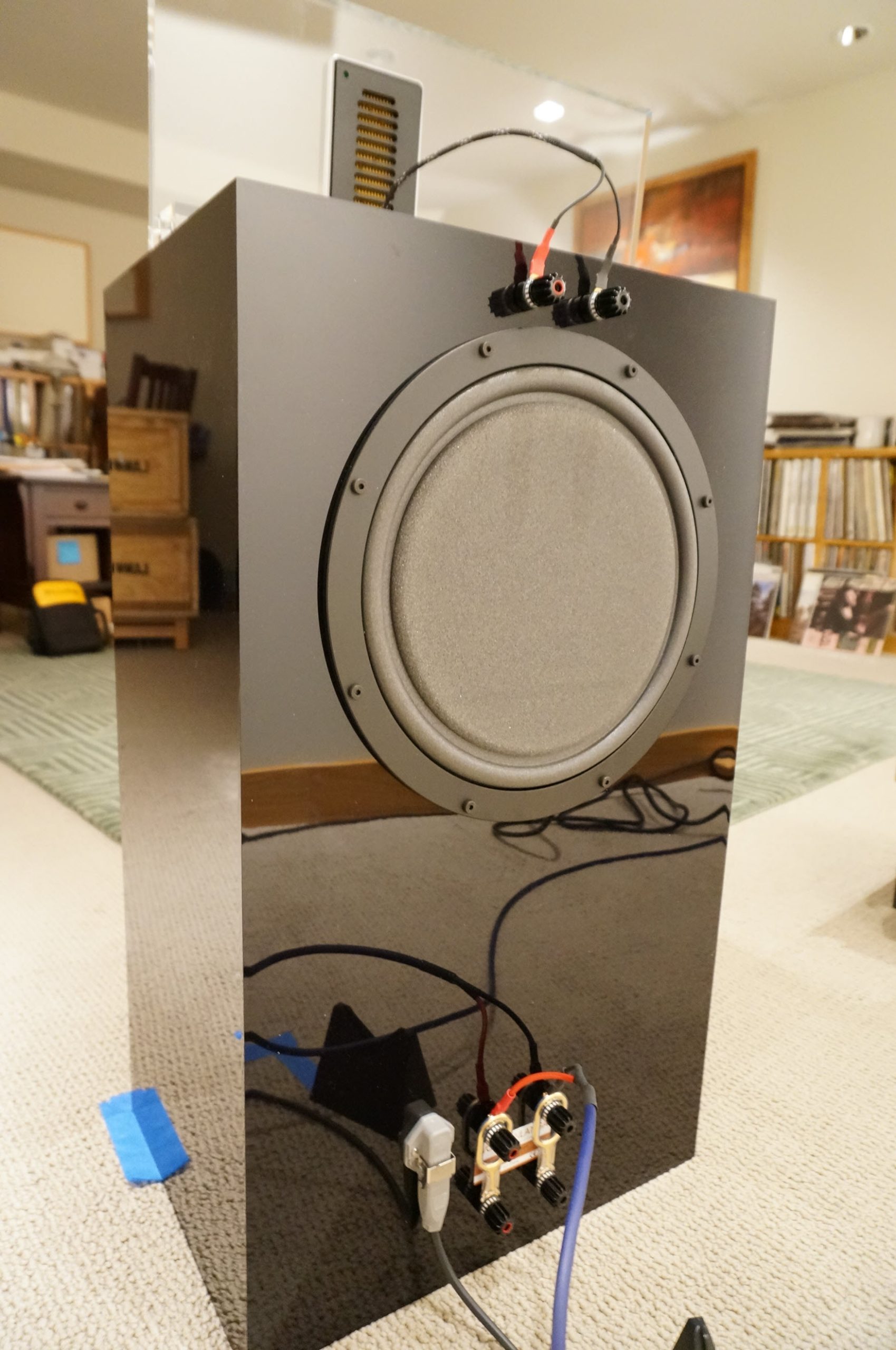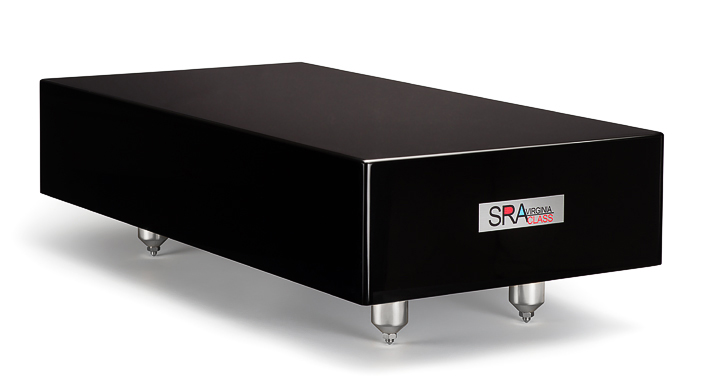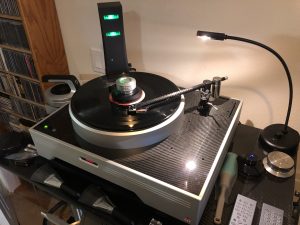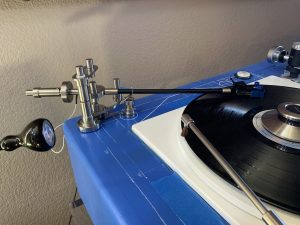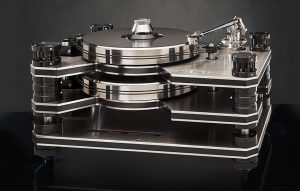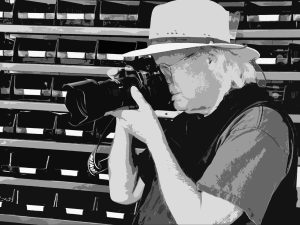The Kuzma 4Point tonearm continues receiving praise from audiophiles for its precision construction, ease of adjustment, and contributions to achieving quality sound from vinyl records. Largely unmodified since its introduction in 2008, Franc Kuzma recently upgraded the bearings in his 4Point arms to achieve an even higher level of performance. Now, all 11-inch and 14-inch 4Points made since July 1, 2018 have new bearings. The latest member of the family, the 9-inch 4Point arm, has had them since its rollout in late 2017. But it wasn't until recently in January of this year that Kuzma announced the bearing changes on their web site. The company made no announcement until it was ready to provide original 4Point owners an upgrade path to the new bearings. This article offers a photo tour and description of the 4Point bearing system and its upgrade.
Wiring aside, tonearm bearings provide the interface between a cartridge coupled to an arm tube and the rest of the world. What happens at the intersection of a moving arm tube and its base is key to fixing the tube's position, critical to holding a cartridge precisely in the right place at the right time, all while allowing the cartridge to move freely across the record as the spiral groove moves beneath it.
Within the groove a stylus can retrieve information that is less than .01 microns in size. Even a small amount of play in an arm's bearings, say 5 microns, can impair the stylus' ability to accurately translate the physical structure of any particular portion of groove—riding its bumps and ridges with their height and length and turning these into amplitude and frequency. There is no repair for physical features lost or misread at the point of signal creation.
Today it feels like we are living in a golden age of tonearm design. The desire to build a better mouse trap and overcome the limitations of past designs brings us plenty of choice and a continuing stream of tonearm innovation. We see a variety of tonearm bearing designs and we tend to classify arms according to them: gimbaled, uni-pivot, air-bearing, knife-edge, etc. Each approach has its aural pros and cons, and careful listeners can hear differences between tonearms. Along with a broad array of turntables, Kuzma's offerings include their line of Stogi tonearms featuring both unipivot and gimbaled bearing designs, some with ceramic ball bearings. Kuzma's Air Line tangential arm rides on a thin film of highly compressed air. From the perspective of bearing design alone, a case can be made that the Kuzma 4Point is the most innovative and successful new tonearm of the last ten years.
Image courtesy of Kuzma
Here's the 11" 4Point from the rear. The VTA Tower is on the right. On the left, the round yoke of the arm tube mounts over a small tower that is the bearing assembly. Removable troughs to the left of the yoke hold silicone fluid for horizontal and vertical damping of the arm tube's movement. Large and small counterweights enable fine tuning of vertical tracking force (VTF).
Let's take a closer look at the 4Point as pertains to its bearings. In addition to a collar fitted on a plinth or clamped to a cantilevered armboard, the tonearm has two main parts: a base platform and an arm tube. The arm's base platform attaches to a thick post that fits into a 40mm hole of the base collar. The top of the base platform holds the arm's VTA tower and its bearing assembly.
The above picture shows an original 4Point without its arm tube. You see the VTA tower partially on the right. The bearing assembly in the middle of the picture rides on the base platform. (Shown with packing material to prevent movement during travel). The main parts of the bearing assembly are the 1) horizontal bearing tower—named such because it controls horizontal movement of the tonearm, and 2) two angled steel cups that hold two spikes or points on the arm tube and allow the arm tube to move vertically. Within a fixed limit, the entire bearing assembly swivels left and right as it carries the armtube. The silvery piece of metal seen at the base of the bearing tower holds the nylon line that is part of a traditional wheel and weight arrangement (not visible) for bias/anti-skate adjustment.
Inside the bearing tower is a vertical steel shaft mounted on the base platform and held inside a metal surround or sleeve. The steel shaft supports the tower and the entire bearing assembly which ride on the shaft in a manner similar to a traditional unipivot. Typically a unipivot arm tube on a single point requires stabilization to prevent if from wobbling. Here's where the 4Point starts to get interesting.
Below is a simplistic line drawing to show how the spikes and bearing cups orient on the steel shaft that resides inside the bearing tower sleeve.
The entire bearing assembly (tower plus vertical bearing cups) rotates horizontally (left-right) on the point at the top of the shaft and is held vertically stable by the horizontal facing point in cup near its base. The assembly is very stable.
As the bearing tower rotates on its shaft, so do the vertical bearing cups mounted on its base (see the second image above). Those cups hold points mounted on the underside of the arm tube's circular yoke. The yoke fits over and around the bearing tower and is held in place by its points in the vertical bearing cups. Here is a picture of the arm tube:
When playing a record, the arm tube is supported entirely by the cartridge stylus and these two points fitted into their cups on the bearing assembly.
Kuzma photo with my annotation
Improved Bearings
The 4Point upgrade replaces all four steel bearing cups with artificial Sapphire and Ruby bearing inserts. Perhaps best known for their use in watches and precision measuring tools, modern jewel bearings yield consistent static friction. The static coefficient of friction of steel on steel is 0.57; for steel on sapphire or ruby, it is 0.15. Numbers for kinetic friction are lower for both combinations but proportional. The amount of friction is also a function of the surface areas of the joined materials. The new jewels are durable and very hard; they will retain their relative smoothness (vs steel cups) for a long time.
Here are pictures of the original and new vertical bearing cups taken with an USB microscope:
Image 6
Image 7
Above are the steel cups of an original 4Point mounted on the bearing assembly as seen from the rear of the tonearm. Note the different shapes. The bottom of the left-hand cup (see image 6) is polished and rounded. The right-hand cup has a "V" or groove shape.
Below are the left and right vertical bearing cups of the new 4Points.
Image 8
Image 9
The new left-hand bearing cup (see image 8 above) uses Sapphire—look closely to see the insert position on its round, cupped bottom. That black dot in the center is where the arm tube's left spike, or bearing point, sits. (The white dots are reflections of the microscope's LEDs.) Image 9 shows the right-hand bearing cup using Ruby. The bright line is the bottom of the ruby "V" shape. The same concept applies to the interior bearings of the bearing tower. There, the top bearing is a cup shaped sapphire and the side bearing is a "V" shaped ruby. Notice how much smaller and precise the locations are where the spike tips sit compared to the original steel cups.
Above is the bearing assembly with the jeweled bearing cups. You can almost see the colored sapphire on the left, ruby on the right.
While the jewel types (ruby or sapphire) are nearly identical in their properties, their specific shapes in the 4Point are not. Franc Kuzma explains: "These jewel shapes mean the two spikes are in perfect zero play position. If we would use two cups [instead of a cup and "V"] then the distance between the bottom of the cups and their two spike points will not be exactly the same—not zero play. [See images 6 and 7, above.] A combination of one cup and spike gives zero play in all directions and a groove and second spike gives zero play and stability to the bearing system. The shapes matter in how forces act on all four spikes to achieve zero play in the bearings, with low friction and low vibration during play."
One function of a tonearm is to help address resonance generated in the cartridge from its stylus' interaction with the groove and the subsequent motions of the cantilever-motor within the cartridge body. Vibrations can also feed back from the tonearm into the cartridge engine to adversely influence the generated signal. Kuzma observes this is a simple action-reaction equation at a micro-level. Reducing vibration and resonance helps protect signal generation.
Zero play means no bearing chatter. Jewels mean low friction and no metal on metal contact. Less friction and zero play at the bearing means less vibration travels the arm tube into the cartridge; lower vibration means less noise gets into the cartridge body. The 4Point further utilizes techniques to protect the signal, including the tapered construction of its two piece arm tube (cut from a solid piece of aluminum), damping material inside the tube, and carrying the tonearm wiring the length of the arm tube within its own interior tube. It's classic Kuzma engineering—form follows function—everything is built the way it is for a specific purpose.
As noted, all Kuzma 4Points now available for purchase have the jewel bearings; the nine-inch arm has always had them. Prior 11" and 14" 4Points are upgradeable at the Kuzma factory in Slovenia. Replacement costs are a bit on the high side due to the manual work of disassembling the bearing tower, removing all four old bearing cups and spikes, and then fitting new ones. The factory will check the tonearm over and service it as required. Scott Markwell of Elite A/V Distribution (Kuzma's US distributor) told me the jewel bearing upgrade runs $1950 USD which includes return shipping. US customers may contact Scott at Elite A/V to get the ball rolling. Today, a standard 11" Kuzma 4Point with jewel bearings and the bi-wire option (a continuous run of Crystal Cable Silver/Gold wire to RCAs, and a separate run of the same wiring to a Cardas female RCA box) goes for $7090 USD.
Eight Points Had I
On hand was my original Kuzma 11" 4Point bi-wired with Crystal-Cable silver/gold tonearm wiring along with a brand spanking new 11" bi-wired 4Point with jewel bearings. Naturally a comparison was in order, but there is a caveat. The new jeweled 4Point has Kondo AudioNote Japan silver tonearm wiring throughout. The Kondo AN-AI is 99.99% pure silver wire; four 0.05mm strands have 6 coats of polyurethane varnish applied and then are age annealed to enhance crystal boundary chemistry. Kuzma offers Kondo wire as an option along with other wire choices such as Cardas Clear and Crystal Cable MonoCrystal. The MSRP for a new 11" 4Point bi-wired tonearm with Kondo silver wire is $10,050 USD.
The above picture shows the Kondo tonearm wire during its 96 hour burn-in on my Hagerman Audio Labs FryBaby2. Kuzma also did 48 hours of burn-in at their factory. Each cartridge clip holds two separate wires; one goes uninterrupted to the terminating plugs (RCAs in my case) and the other goes to a box with Cardas female RCAs. Other terminations are available.
A pure single-change side-by-side assessment of original and new arms was not possible because of the wiring difference. I will not pretend to extract the jewel bearing contributions from the new arm and distinguish those from its Kondo wiring, which I had not previously heard. But I will describe briefly what I hear using the newest 4Point. Both my original and the new tonearm were fitted in turn to my Grand Prix Audio Monaco 2.0 turntable, which holds a single tonearm. The majority of listening was done with a Fuuga cartridge plus a little time with a van den Hul Master Signature still undergoing break-in. Phono stages were the Audio Research Reference Phono 10 and the Lamm LP2.1.
Sonic differences between the new 4Point with Kondo wire and my original arm with Crystal Cable were neither arresting nor tame, but they were audible. The 4Point remained as resolute and vivacious as it has always been. With top-notch transparency and resolution across the frequency spectrum (particularly in the mid- to low bass region) and with its capacity for startling dynamics, the new arm supplanted my original 4Point at the top of a group that includes the SME V ($5500 USD) and the Tri-Planar Mk VII U2 ($6200 USD.) No single audio attribute jumped out as hugely improved, however, multiple small improvements added up to an overall more natural sound and greater listening enjoyment.
Perhaps the most perilous moment for a musician is his or her launch of a note, particularly for wind, brass, or string players. Hitting the right frequency to arrive perfectly at the fundamental with the right emphasis and dynamic requires a bow to strike a string just so, requires the tongue and muscles in the mouth to form the proper embouchure to move breath across the reed or mouthpiece to achieve the exact note required for its place in the score. Similar skill obtains when a note ends in silence or moves onto another. With the new 4Point it was easier to hear how different performers handled the attack and decay of notes in their performances or, put differently, how my analog front-end reproduced such.
Listening to Stravinsky's "Danses Concertantes" performed by the English Chamber Orchestra with Colin Davis (L'Oiseau-Lyre, OL 50219) I experienced music with improved tonal character, and string and horn attacks with a cleaner leading edge. These sounded not with greater incision or emphasis on attack, but as a lack of grain and etch. Given Stravinsky's rhythmic style with plenty of time changes and syncopation, tonal transitions were cleanly obvious as fluid transients sounded without a sense of either smoothing or hard edge. Individual notes from a plucked cello offered a nice woody resonance from the instrument's sounding chamber. Overall string tone was excellent from violins, cellos, and basses. Upper octave strings were very slightly firmer or less thin in pitch. By way of contrast the original arm offered a faint brush of silvery cast in the higher range. It took me a few rounds of A/B/A comparisons, switching arms back and forth to gather these differences, but once heard, they were obvious. None of the differences really stood out, but together lent an overall sense of clarity and fluidity that added up to a more lifelike performance.
On Handel's great oratorio, Messiah (Hogwood, The Academy of Ancient Music and Christ Church Choir, L'Oiseau-Lyre, D189D 3), the combination of richer tonality and improved leading edge enunciation yielded clearer words and better individuation of the choristers, particularly upper octave female vocals. Notes and phrases were fulfilled as decay carried the fundamental with harmonics a wee bit longer before dissolving, yielding a slightly richer tone. The instrumental prelude to the recitative in Scene 6 of Part II ("Why do nations so furiously rage together…") is offered in an agitated style with repeated 16th notes to reflect the violence of the raging nations. This passage was simply fantastic, ripe with incredible energy, vibrancy and purpose. I heard driving ostinatos from massed strings more as a collection of individuals playing in crisp unison rather than a blur of frequency differences across sections. The contributions of each section were clearer and better separated. Cellos and basses appeared with strength, vigor, and richer tone; the sense of nimble attack on string and the rosiny draw of multiple bows offered a more lifelike sense of real musicians playing together.
Overall, compared to my original, the new 4Point with Kondo wire sounded with a bit less grain and edge for a more lifelike, less mechanical sound. Slightly richer tonality and more authentic articulation offered improved differentiation among musicians and instruments according to the record at play. These differences did not jump out at me by calling attention to themselves, my ears simply accepted them as natural.
One Last Thing
Many of us who set up turntables or change tonearms with some regularity know how important the arm's pivot-to-spindle (P2S) distance is to all subsequent alignment. P2S is a tonearm specific, manufacturer specified, measurement from the center of the turntable's spindle to the center of the arm's main or horizontal bearing.
It is common for a setup person to use a specialized tool to take the P2S measurement, such as one of the Acoustical Systems' protractors, or a Feickert Universal Protractor. Those and similar tools aim to locate a vertical pointed "needle" precisely at the bearing center. Original 4Points offered a target ~3.5mm wide. One had to visually "guesstimate" its center. The latest 4Points now have a small hole precisely located on top of the bearing tower to accommodate the needle of a P2S device. It's a small thing but it increases setup accuracy and saves a whole lot of time and squinting. I'm quite happy to have it.
The 11-inch Kuzma 4Point tonearm is easy to set-up and operate. It features top-quality construction and precision adjustment for VTF, VTA, azimuth, and bias. New jewel bearings improve durability and reduce friction. As an owner of both original and new 4points, I can only admire Franc Kuzma's continued striving for rational perfection as he seeks to improve existing products. With optional Kondo tonearm wiring and jewel bearings, the latest 4Point offers further sonic refinement in an already great tonearm. It's the finest tonearm I've had in my system to-date.
Kuzma 11-inch 4Point tonearm
Retail: $7090 (With jewel bearings, bi-wire option, and Crystal Cable silver/gold wire)
Retail: $10,050 (With jewel bearings, bi-wire option, and Kondo pure silver wire)
Upgrade existing Kuzma 4Point tonearm to jewel bearings
Retail: $1950 (USD)
KUZMA Ltd.
Hotemaze 17/a
SI-4205 Preddvor
Slovenia
386.4.253.53.50
US Distributor
Elite Audio Video Distribution
Mr. Scot Markwell
P.O.Box 93896, LOS ANGELES
CA 90093-0896, USA
323.466.9694 ext 22
All images by the author unless otherwise noted.





